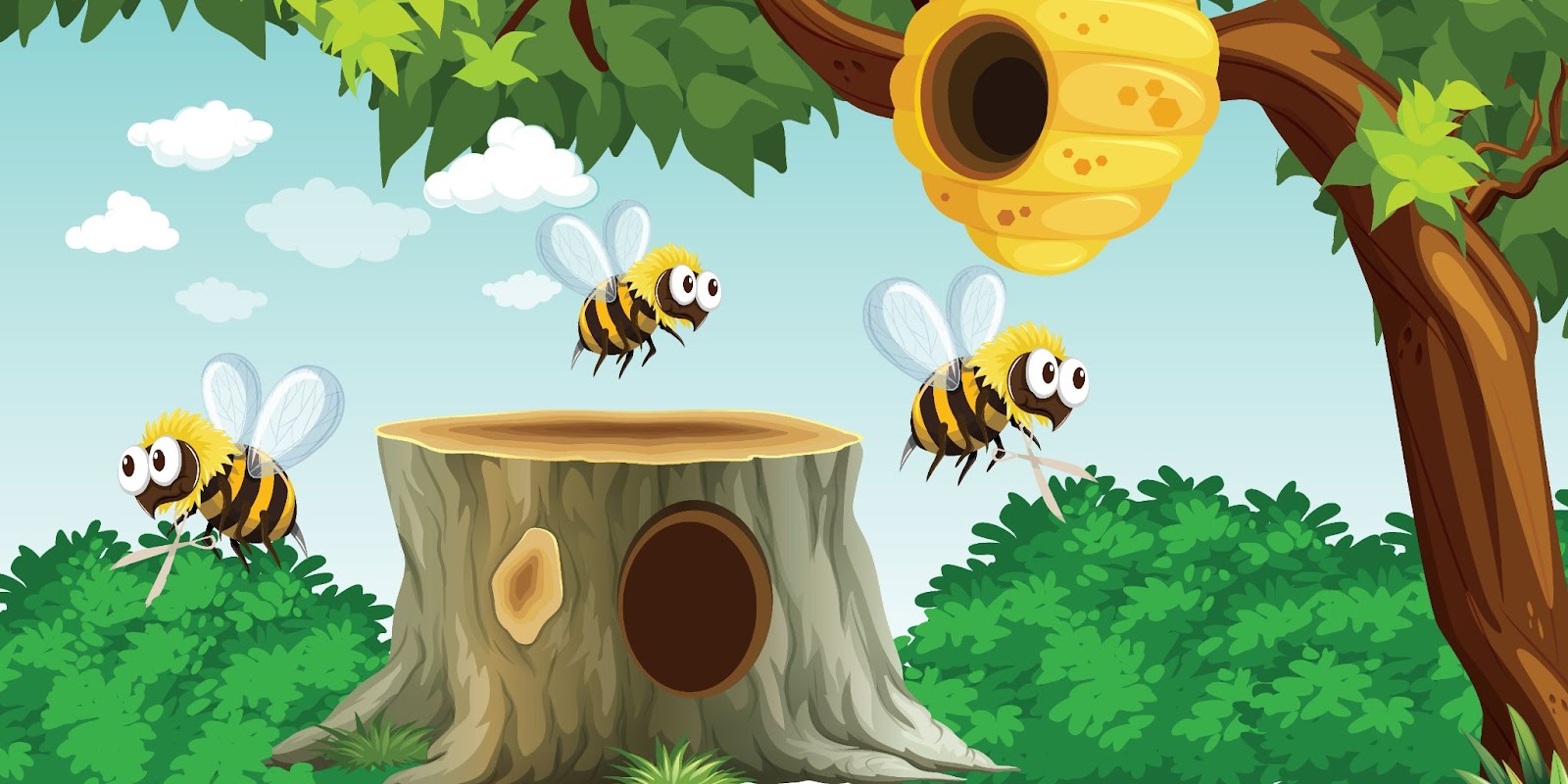Call (803) 754-7577

Enhancing Agricultural Yields Through Strategic Hive Placement
When it comes to the world of agriculture, the vital role played by honeybees cannot be overstated. These industrious little creatures are the unsung heroes behind the abundance of fruits, vegetables, and nuts we enjoy on our plates. But how can farmers harness the power of honeybees to maximize their agricultural yields? The answer lies in the art and science of hive placement.
The Buzz About Bees in Agriculture
Before we delve into the intricacies of hive placement, let's take a moment to understand why honeybees are so crucial to agriculture. Honeybees are master pollinators. They transfer pollen from the male parts (anthers) to the female parts (stigmas) of flowers, facilitating fertilization and the production of fruits and seeds. Without this essential service, many of our favorite foods would become scarce and expensive.
Now, imagine a scenario where honeybees are not efficiently pollinating our crops. Reduced yields, lower-quality produce, and economic losses for farmers would be the inevitable outcome. This is where the strategic placement of beehives becomes indispensable.
The Basics of Hive Placement for Agricultural Purposes
Strategic hive placement involves carefully selecting locations for beehives within or near agricultural fields to optimize pollination. Here are some fundamental principles to guide this practice:
- Proximity to Crops
Bees are diligent workers, but they have limited flying capabilities. Typically, honeybees forage within a radius of 1-2 miles from their hive. Therefore, it's essential to place beehives as close as possible to the target crops. This proximity ensures that bees spend less time commuting and more time pollinating.
- Central Placement
Positioning hives near the center of your fields is often more effective than placing them along the edges. This central placement ensures that bees can access crops evenly, reducing the likelihood of uneven pollination.
- Sun and Shelter
Bees are sunseekers. They prefer warm and sunny spots, so choose locations that receive morning sunlight. However, it's crucial to protect hives from strong winds and extreme weather conditions to keep your colonies healthy and thriving.
- Water Source
Bees need a source of water for hydration, especially during hot weather. Providing a nearby water source, such as a pond or stream, can help keep your bees close to home and reduce the risk of them searching for water in neighboring areas.
- Rotation and Diversity
Consider rotating hive placements periodically. This practice helps distribute pollination efforts across various crops, preventing bees from overworking a single area. Additionally, diversifying your crops can provide a more extended foraging season for bees, ensuring they have access to nectar and pollen throughout the year.
The Bountiful Benefits of Strategic Hive Placement
- Increased Crop Yields
Perhaps the most compelling reason to invest in strategic hive placement is the significant increase in crop yields. Proper pollination ensures that flowers are adequately fertilized, resulting in larger fruit and vegetable yields. The quality and uniformity of your produce can also improve, leading to more marketable and profitable crops.
- Cost Efficiency
Maximizing pollination through well-placed hives can reduce the need for expensive chemical fertilizers and pesticides. When your crops are pollinated effectively, they are more resilient and less prone to pests and diseases, saving you money in the long run.
- Environmental Benefits
Healthy populations of pollinators, such as honeybees, contribute to the overall health of the ecosystem. By providing a thriving habitat for these essential creatures, you play a role in preserving biodiversity and maintaining the delicate balance of the natural world.
Tips for Successful Hive Placement
To make the most of strategic hive placement in your agricultural endeavors, consider the following tips:
- Seek Expert Guidance
Consult local beekeeping experts or agricultural extension offices for advice tailored to your specific region and crop varieties. They can provide valuable insights into optimal hive placement.
- Be Mindful of Pesticides
Bees are susceptible to the harmful effects of pesticides. Whenever possible, choose bee-friendly alternatives or use integrated pest management (IPM) practices to protect your valuable pollinators.
- Regular Hive Inspections
Regularly inspect your beehives to ensure that your colonies are healthy and thriving. Be prepared to make adjustments to hive placement if needed, based on the condition of your bees and the progress of your crops.
- Plant Bee-Friendly Forage
Consider planting bee-friendly forage and cover crops around your fields. This provides bees with additional food sources, especially during periods when your main crops are not in bloom.
Agriculture and Beekeeping
In conclusion, the strategic placement of beehives for agricultural purposes is a win-win scenario. Not only does it boost your crop yields and reduce production costs, but it also contributes to the well-being of honeybees and the broader environment. By embracing the art and science of hive placement, farmers can ensure a bountiful harvest while supporting the tiny pollinators that make it all possible.
So, the next time you enjoy a delicious piece of fruit or a crisp, fresh vegetable, remember to thank the bees and the thoughtful farmers who placed their hives just right, helping nature do its extraordinary work.


Leave a comment